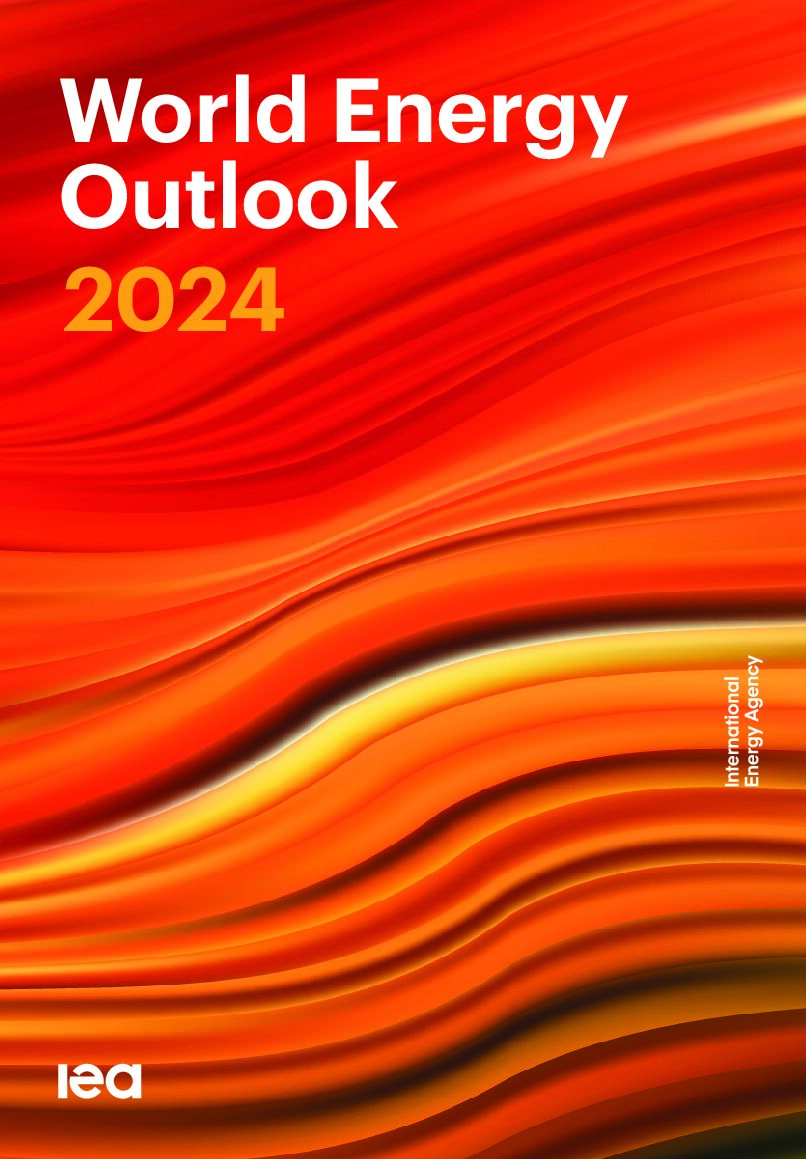There are three overarching and inter-related themes for this year’s Outlook. The first is energy security, corresponding to the longstanding core of the IEA’s mandate as well as the imperatives of the present given escalating risks in the Middle East. The second relates to the prospects for clean energy transitions, which have accelerated rapidly in recent years, but which need to move much faster to meet climate goals. A third theme is uncertainty, an ever-present factor in any forward-looking analysis but particularly visible this year: our Outlook includes several sensitivity cases on key factors affecting oil, gas and electricity demand in the Stated Policies Scenario (STEPS).
The potential for near-term disruption to oil and gas supply is high due to conflict in the Middle East. Around 20% of today’s global oil and liquefied natural gas (LNG) supplies flow through the Strait of Hormuz, a maritime chokepoint in the region. However, while geopolitical risks remain elevated, an easing in underlying market balances and prices is on the horizon as slowing oil demand growth in the STEPS sees spare crude oil production capacity rise to 8 million barrels per day by 2030. A wave of new LNG projects is set to add almost 50% to available export capacity by 2030.
In all our scenarios, growth in global energy demand slows thanks to efficiency gains, electrification and a rapid buildout of renewables. In the STEPS by 2030, nearly every other car sold in the world is electric, although delays in the roll-out of charging infrastructure or in policy implementation could lead to slower growth.
Clean energy meets virtually all growth in energy demand in aggregate in the STEPS between 2023 and 2035, leading to an overall peak in demand for all three fossil fuels before 2030, although trends vary widely across countries at different stages of economic and energy development.
Electricity demand grows much faster than overall energy demand, thanks to existing uses, notably cooling, and new ones such as electric mobility and data centres. Renewables lead the expansion in electricity generation, with sufficient speed to meet in aggregate all the increases in demand. There is scope to go even faster: today’s solar manufacturing capacity hovers around 1 100 GW per year, potentially allowing for deployment almost three-times higher than in 2023.
The share of clean energy investment in emerging market and developing economies outside of China remains stuck at 15% of the total, even though these economies account for two-thirds of the global population and one-third of global GDP. A range of new business models and a policy push in some countries ensure that an additional 550 million people gain access to clean cooking and nearly 200 million to electricity in the STEPS between 2023 and 2030. This still falls well short of universal access goals.
